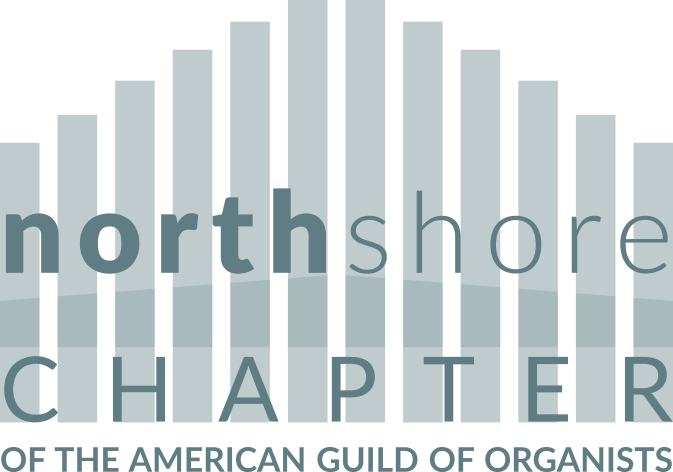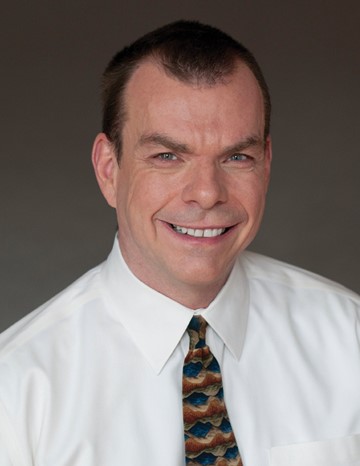
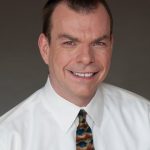
Alan Hommerding
“There is no sound more beautiful than people singing God’s praise.”
These words, instilled in me by my first organ teacher and choir director, Ann Celeen Dohms, have become a life-long mantra.
Before I sang in her boys’ choir or was her organ student, I was fascinated with that imposing (to a small boy) stand of pipes up in the loft of St. Mary of the Assumption church in Port Washington, Wisconsin. I was thrilled by its sound, and enthralled by the mystery imparted by its distance.
My fascination only increased when I began to serve at Mass, and no longer had to discreetly turn around during Sunday Mass, risking a tug on my ear by one of my parents. In fourth grade, I learned that we were to get a new music teacher (Sr. Juliette having retired), and she wanted to start a boys’ choir! At last I’d have legitimate access to the loft and that mysterious contraption. Though I was not graced with the greatest of vocal abilities, I clearly had a talent for music, which even the aged and sometimes cranky Sr. Juliette had acknowledged.
I tried as best I could to figure out what all the different tabs did, and the extra keyboard, and the foot-pedals (my mother, who had played in her parish church as a teenager, called them that). There were many books in the loft with the words “Flor Peeters” on the cover. I was sure they contained music you played with the foot-pedals, but in German.
On the home front, my older sister begged and begged for an electronic home organ, which were the rage in the mid-1960s. Eventually a Thomas Color-Glo organ appeared in the living room. Since we were a truly poor family, only she had lessons. I was given a cousin’s old clarinet, and I played in the band in grade school and high school. (Eventually I’d enter college as a clarinet performance major.)
Being a typical little brother with a deep interest in music, I began to mimic whatever my sister was learning in organ lessons. In junior high, I took over her job as chapel organist for the little Catholic hospital in town. Eventually Miss Dohms got wind of this and asked to hear me play. She agreed to give me lessons for free if I’d play for the first Sunday Mass. (Later, when she and I had moved from teacher/student to being colleagues and friends, I came to learn of her dislike of early rising.) My Sunday routine throughout high school was 6 a.m. Mass at St. Alphonsus and 7:30 a.m. Mass at St. Mary’s. In addition, I played M-F 6 a.m. Masses in the chapel. In music school at UW-Milwaukee, I switched my major from clarinet performance to theory/composition, with organ as my main instrument. I also joined our student chapter of AGO, and eventually was the chapter dean. This began my unbroken, life-long membership in the guild.
After graduation, I was hired as choir organist at St. John’s cathedral in Milwaukee. Like many Roman Catholic men of my generation, I thought having a vocation meant pursuing ordination. So I went to seminary in Baltimore. Though I completed the graduate studies in theology, the seminary and I both discerned that music was my true vocation. I spent some additional time in Baltimore, taught high school religion, studied in Westminster’s summer programs, and more organ work at the Peabody Conservatory. Eventually I ended up back in the Midwest, where I began to study privately with Craig Cramer at Notre Dame, and where I soon went for graduate study in music and additional graduate work in liturgy.
Though I went on to minister in a Roman Catholic parish in Milwaukee, I saw an ad less than a year later for an opening at World Library Publications. Twenty-seven years later, I am still at WLP as Senior Liturgy Publications Editor. I was first hired in sales and promotions – a terrible place for a bookish hyper-introvert. The editorship of WLP’s AIM: Liturgy Resources magazine came open, and twenty-five years later I am still at its helm, as well as the WLP Organ Library. I’ve been able to put my musical, theological, and liturgical background to good use as an editor, author, composer, speaker, and workshop presenter. My greatest delight, however, was being part of publishing some of Ann Celeen’s music from my boyhood.
“And when from death I’m free, I’ll sing on … and when from death I’m free, I’ll sing and joyful be, and through eternity, I’ll sing on.”
To the end, my musical “Auntie Mame” is how I referred to Ann Celeen. In 2010, I was the organist for her funeral Mass. At the end of the Mass were her favorite stanza from “What Wondrous Love Is This?” and the first prelude from the Orgelbüchlein she taught me: Alle Menschen Müssen Sterben (All Mortals Must Die), with her handwriting still on the page. Through this life, through my work at WLP and as music director at Edgebrook Community Church, and through eternity, I’ll sing on, making music for the glory of God.
Alan Hommerding
Fellow Members,
Welcome to March!
We thank Brigid Cantagallo, Thomas Alm, Robert Ward, and Michael Gange for their membership to our North Shore Chapter. We added $156 to our checking account.
I’ve paid expenses of $300 for our March 4th event and $94 to National for Chapter expenses.
Our checking account balance is $1,798.45. Currently the Scholarship Fund is $5,317.23 and our Savings account is $24,020.46. Our total cash assets are $31,136.69.
Thank you!

Laurie Stivers
Laurie Stivers, Treasurer
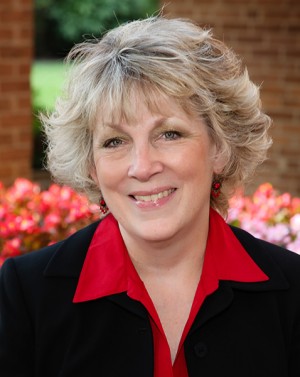

Andrea Handley
Finally, we have posted the long-awaited and hot-off-the-press updated chapter directory! Find it from the home page of our website by clicking on the About Us tab. Please note that we have streamlined this process now and will be updating the directory regularly by using the detailed information that you each provide through Oncard when you join or renew your membership. So please take a moment to take a look at your details in the updated chapter directory now – and if there is anything missing or incorrect (not only basic personal information, but where you work, professional credentials, titles, etc), please go to Oncard on the national site (agohq.org) and make those corrections there. That information will then be used in our next update of the chapter directory.
While we are well into 2018 now and the memory of Christmas is dim, I’ve just recently read an article that was in the Evanston Round Table in December, called “Christmas Sing at Raymond Park Led for Years by NU’s Dean Lutkin”. It is full of fascinating historical details of what sounds like a wonderful event that happened every December for 15 years, from 1915 to 1930. Churches in Evanston collaborated with NU and Dean Lutkin by gathering in Raymond Park (called ‘the park between the churches’ back then) to sing Christmas carols with the help of the NU a cappella choir and brass players playing from high in the bell tower at First Presbyterian Church. As we’re focusing on the history of our chapter this season, it’s fun to look even further back and see the rich heritage of church music that has existed on the north shore for over a century. Below is a scan of the article that someone sent to me below for your perusal. Enjoy!
Andrea Handley, Dean
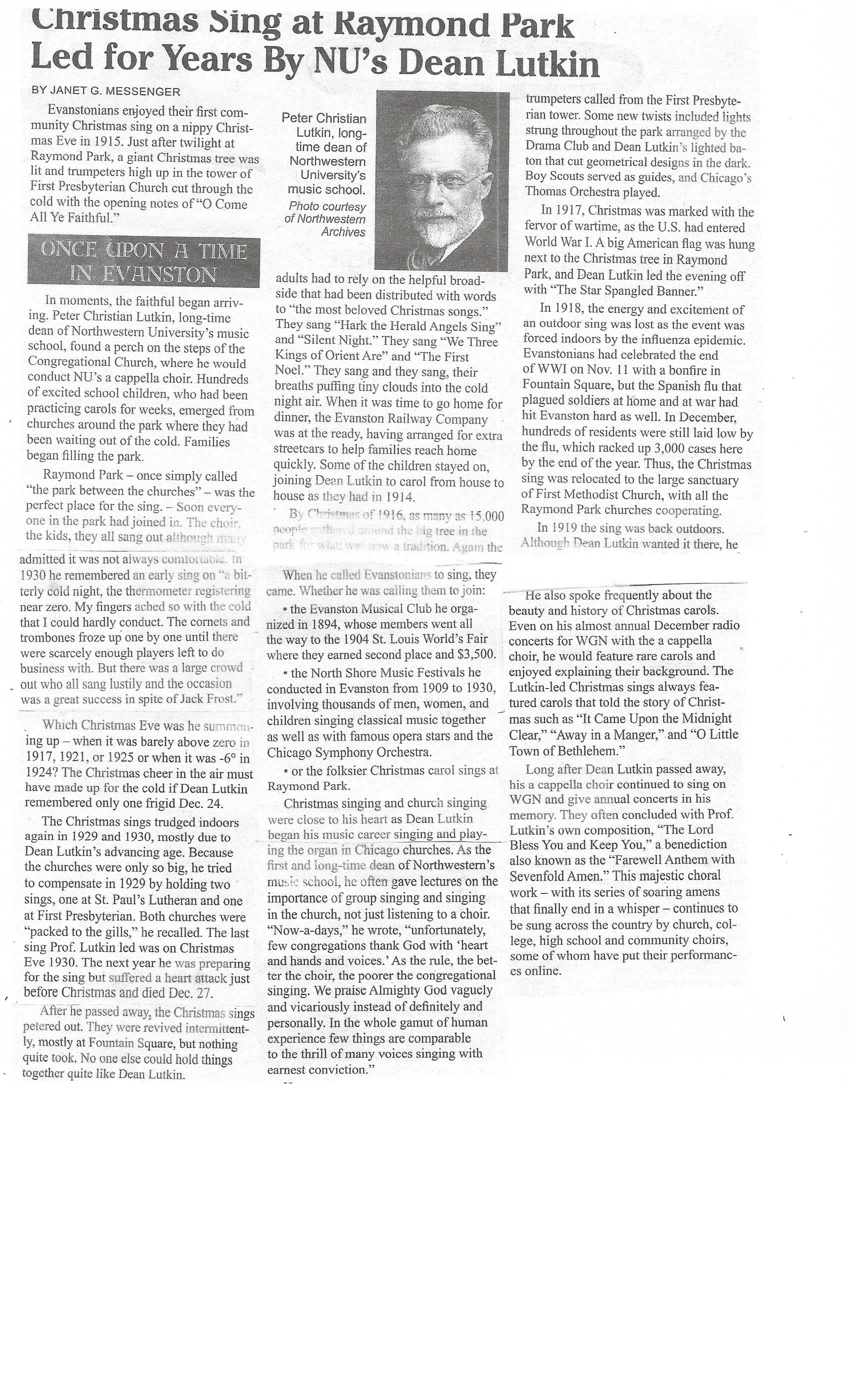
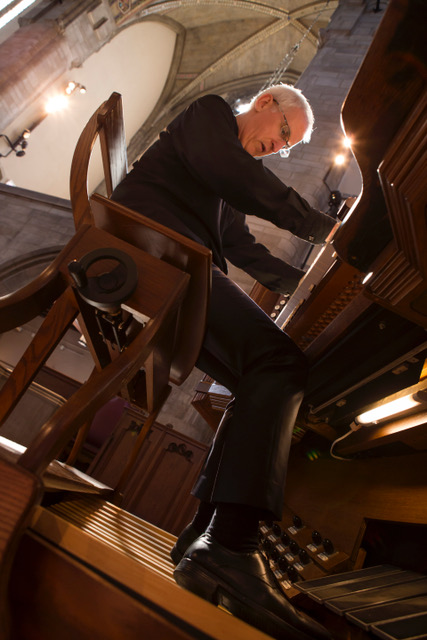

Phillip Kloeckner
My life as a musician, organist, conductor, and harpsichordist has been much more enjoyable and rich than I could have ever imagined when I set my sights on this path in earnest, some thirty years ago. Above all else, I value the opportunity to immerse myself in beautiful, interesting, and complex music of all genres on a daily basis, and to meet and work with wonderful, inspiring, and brilliantly creative people. So, I feel particularly fortunate to have the opportunities I have been given to create a life centered in the musical arts.
Having started playing other people’s music and improvising my own at the piano at age six, it is a small wonder that my life is configured as it currently is. Taking my first organist/choir director position at age thirteen, and making a detour through an undergraduate biology degree at Swarthmore College, followed by work in a plant physiology laboratory, a jaunt to the south Pacific to study bird migration, and biomedical research at the Wistar Institute at the University of Pennsylvania (all the while studying organ, piano, music theory, harpsichord, and conducting), I set myself firmly on the path of preparing myself as a professional musician by enrolling in the Oberlin Conservatory of Music. With my second undergraduate degree in hand, I headed south to Houston, where I was among the first wave of organ students to earn masters and doctoral degrees in organ at the Shepherd School of Music at Rice University. One of my first jobs in Houston was playing a beautiful little Kilgen organ for three or four funerals a week at a large funeral home where this Yankee was quickly indoctrinated into the culture of Southern hymns and cultural songs, including “Cool, Cool Water” and “Oh, My Papa!” I quickly learned the fundamental importance of singing as part of rituals in these contexts. After a lifetime of learning to read and speak German and French, wouldn’t you know that my doctoral thesis required the acquisition of some Spanish, as I headed to Perú to study nineteenth-century organs in that country.
While pursuing my graduate degrees, I was tapped to teach undergraduate music theory, aural skills, secondary organ lessons, figured bass, continuo, church music, and hymn playing. A theory/composition mentor invited me to co-author an aural skills textbook, Functional Hearing, with him. After graduation, I was asked to join the full-time faculty at the Shepherd School as an assistant to my organ mentor there, Clyde Holloway, continuing to teach the many subjects I had been teaching as a graduate student. During this time, the stunning new building for the Shepherd School, designed by Ricardo Bofil and Larry Kirkegaard, opened, and I found myself at the center of the creation, installation, and inauguration of the Fisk-Rosales organ at the school. Throughout this period, I was enjoying my first performing tours of Europe and really appreciated the opportunity to get to know many of the historic organs of Germany and France, and how the music I had played for my entire life came alive like never before on these unique instruments. In addition to church choirs, I began to conduct the United Nations Association International Choir in Houston and further expanded my awareness of global cultures and musical traditions. I began to incorporate many of these strains into my improvisations at the organ. Through my contact with the international community in Houston, I was able to introduce the organ to many people who had never heard the instrument before.
In 2012, the call to move on to yet new opportunities and challenges, and to move closer to my family in Vermont, came in the form of a position on the faculty of the University of Chicago, teaching musicianship in the Department of Music, and in 2013, the invitation to establish a formal organ teaching studio at Rockefeller Chapel. In 2014, I released my first solo CD, Exotic Variations, recorded on the Rice organ shortly before I came to Chicago. In 2015 and 2016, I served on the board of the Chicago AGO. In late 2016, I became organist at First Methodist Church at the Chicago Temple where I am now fully engaged in the process of restoring the church’s 94-year-old organ, E. M. Skinner, Op. 414. And last year, I inaugurated a new organ teaching studio at First Methodist, Chicago International Organ Academy, which offers students of all skill levels several options for studying organ remotely. Highlights of my time in Chicago have been to join colleagues of the NSAGO in presenting a creative members’ recital last June at St. Giles in Northbrook, a turn at the charming Dobson organ at Elliott Chapel, and playing organ with the Evanston Symphony in, among other works, Mahler’s 2nd Symphony.
I have found a wonderful community of organists and fellow musicians in the greater Chicago area, which, after five years, I feel I am just beginning to know and appreciate fully.
Phillip Kloeckner
Hello,
January was a quiet month, as we had no income. We did have expenses of $427.
- Our chapter will have an ad in the National Convention program book! This ad is just one more way to celebrate our 60th anniversary!
- Andrea Handley was reimbursed for a portion of her expenses for the Epiphany party that she hosted in her home.
- I was reimbursed for expenses paid to “FatCow” for our website domain name.
Our ending balances are:
Checking $2,036.45
Scholarship $5,317.11
Savings $24,020.46
All Balances $31,374.02

Laurie Stivers
Laurie Stivers, treasurer
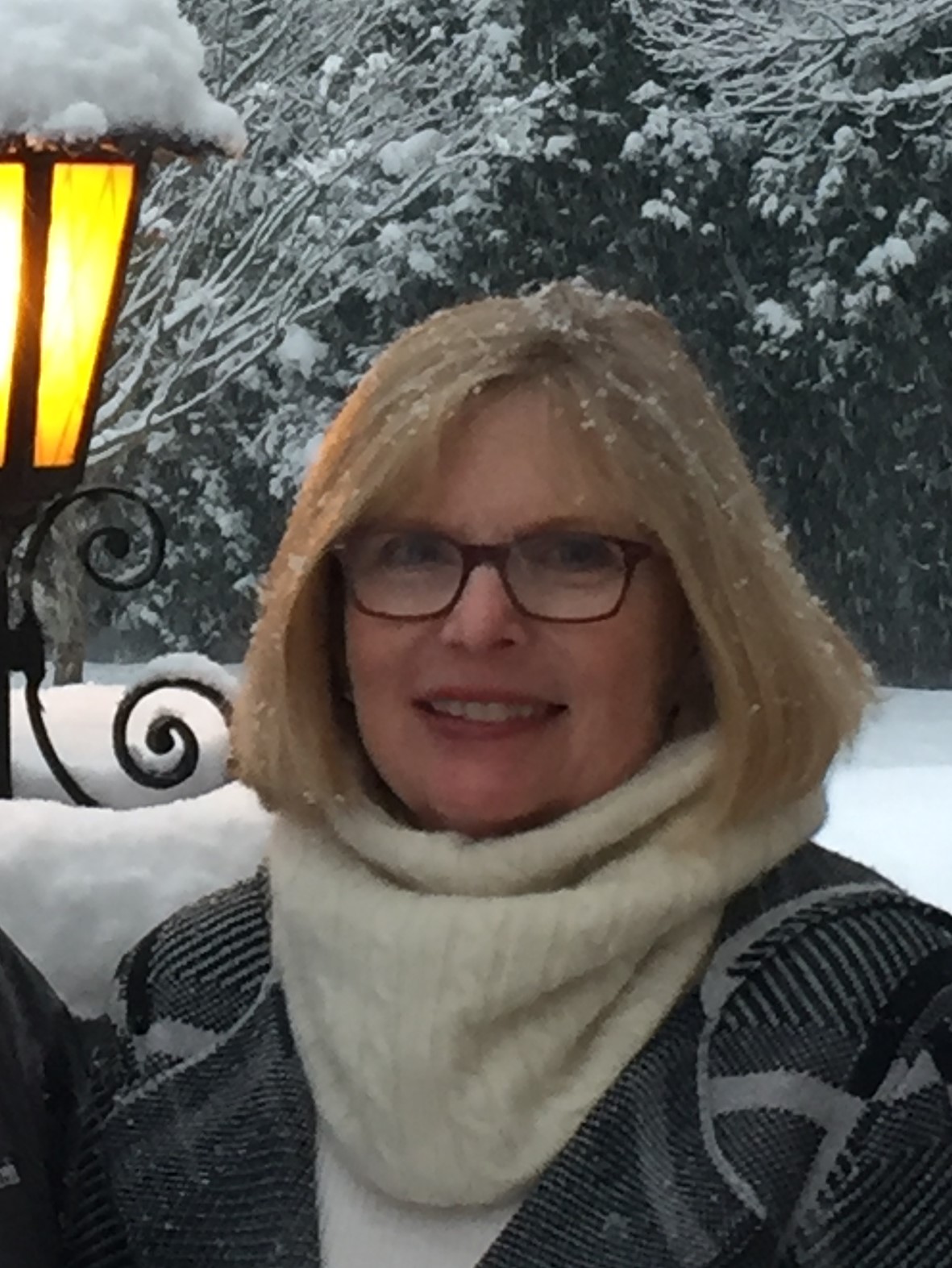
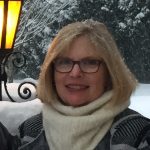
Eileen Baumgarten
I got my start playing the organ when I was in 7th grade in Powhattan, Kansas, and was a member of Zion Lutheran Church. The elders decided that they needed some new blood at the organ bench and asked my friend and me if we would take organ lessons and be willing to play for church for $1.00 a Sunday. We accepted and took lessons that summer. The church was unheated except for Sunday mornings so taking lessons in the summer and piano in the winter months was the way it all started. (There were those times getting ready for Christmas Eve I practiced with a winter coat on until fingers were frozen.) The biggest revelation sitting on the bench was seeing the minister go back into his study during the hymn right before the sermon when I assumed he was praying over his sermon and seeing from the organ bench that he was actually going out the side door and having a cigarette! After high school I attended St. John’s Lutheran College in Winfield, Kansas, where I planned to study parish work with an emphasis in organ. My organ teacher there persuaded me to audition at the University of Oklahoma with Mildred Andrews. I was a very naive country girl had no idea what I was doing, but went with him for the audition and was accepted as a student. I entered OU after finishing my second year at St. John’s in the fall of 1969. It was an eye opener as well as awe inspiring when I walked into the music school’s opening program to hear Charles Benbow play Messiaen’s “Dieu parmi nous.” I knew I was among some great talent and wondered what I was doing there. Everyone loves to hear stories about Miss Andrew’s style of teaching. All girls were required to wear skirts to all lessons. Once I showed up in culottes which I considered a skirt, but Miss Andrews thought was too much like pants. We went out into the hall to try to find another one “of her little chickens” to trade with so I could go home and change my clothes and come back with a skirt on so I could take my lesson. We had two 30 minute lessons a week which she believed was more efficient than a once a week one hour lesson. No time was ever wasted. When your lesson was finishing, the next student would be at the edge of the stage, and she would wave you forward. Then as one student was leaving the bench on the left, the other student was sliding on on the right, and the next lesson began no minute wasted. There was great respect, love and fear of our “Dear Teacher”. I was never a prodigy or one of her outstanding students to go on and earn a Fulbright or major competition. I was just glad to learn many good techniques and be able to complete my degree without being one of the students who would be asked to come in a room and told it was time to select a new major. Lessons learned that I still use are practicing the alto line alone of a fugue, playing a difficult line backwards, if your feet make a mistake, it’s probably because your hands don’t know what they are doing, and one of the most valuable is the use of the Brahms Fifty-One Exercises For the Piano—specifically Nos. 24a, 24b, 27, 30, 33, 34, 39, 40a, 40b, 41a, 41b, 42a, and 42b. The organ department at OU struggled some after her death, but is now flourishing with the American Organ Institute run by Dr. John Schwandt.
The title “When You’re Good You’re so Good, and When You’re Bad You’re so Bad” was taken from a quote Miss Andrews spoke to me at one of my lessons. I just try to make “good moments” coming and keep the “bad moments” at bay.
Eileen Baumgarten


